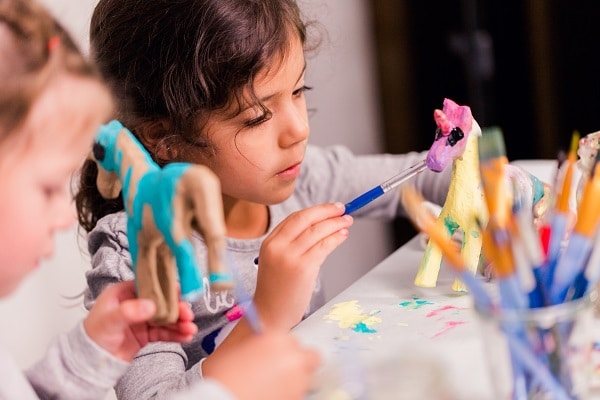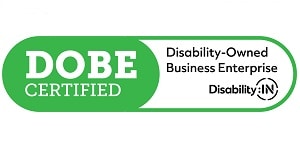
By Maria Valdez Haubrich
Hispanic small business owners are the fastest-growing group of entrepreneurs in the US.
The number of Hispanic business owners grew 34% over the past 10 years as compared to 1% for all U.S. business owners, according to a recent study from Stanford University.
The following are 10 resources that advance, promote, support, and help Hispanic businesses to grow and thrive.
- United States Hispanic Chamber of Commerce (USHCC)
The mission of the United States Hispanic Chamber of Commerce is “To foster Hispanic economic development and to create sustainable prosperity for the benefit of American society.” The USHCC promotes the economic growth, development, and interests of Hispanic-owned businesses. It also advocates on behalf of 260 major American corporations and serves as the umbrella organization for more than 250 local chambers and business associations nationwide. Twitter: @USHCC
- The Hispanic Retail Chamber of Commerce (HRCOC)
The Hispanic Retail Chamber of Commerce represents U.S. Hispanic retail businesses and their interests and priorities to the government and in the media. With Accredited Alliances in every state, the HRCOC serves members of every size and in many retail sectors, such as supermarkets and food & beverage distributors. Various membership plans are available. Twitter: @RetailChamber
- Hispanic Association of Small Businesses (H.A.S.B.)
The Hispanic Association of Small Business provides minority business owners, and aspiring business owners, with educational materials, business workshops, and English workshops to improve the success of the community. By advocating on behalf of individuals, small businesses, and entrepreneurs, the H.A.S.B. works to eliminate prejudice and discrimination against socially disadvantaged or underprivileged small businesses. Facebook: @hasb.org
- Hispanic Small Business Center from Hello Alice
The Hispanic Small Business Center is a microsite of Hello Alice, a free, multichannel platform that helps businesses launch and grow. Cofounded by Carolyn Rodz and Elizabeth Gore, Hello Alice encompasses a community of more than 200,000 business owners in all 50 states and across the globe. The Hispanic Small Business Center partners with enterprise business services, government agencies, and institutions to help grow small and medium-sized businesses. The website provides resources, how-to guides, and research. Twitter: @HelloAlice
- Minority Business Development Agency (MBDA)
Part of the U.S. Department of Commerce, the Minority Business Development Agency promotes the growth of minority-owned businesses and helps Hispanic business owners access and connect with capital, contracts, and markets. The MBDA also advocates and promotes minority-owned business with elected officials, policymakers, and business leaders. Twitter: @USMBDA
- National Minority Supplier Development Council (NMSDC)
The National Minority Supplier Development Council advances business opportunities for certified minority business enterprises and connects them to corporate members to encourage supplier diversity. You apply for NMSDC certification through one of its regional councils. The organization connects more than 12,000 certified minority-owned businesses to a network of corporate members who wish to purchase their products, services, and solutions. The NMSDC corporate membership includes many public and privately-owned companies, as well as healthcare companies, colleges, and universities. Twitter: @NMSDCHQ
- Grants.gov
Grants.gov is an e-government initiative operating under the Office of Management and Budget. The system contains information on more than 1,000 federal grant programs and vets grant applications for federal agencies. By registering with the website, Hispanic and other business owners can apply for any grants available, as long as the company meets the requirements of the grant. To apply you will need a DUNS Number, which is a unique nine-character identification number provided by the commercial company Dun & Bradstreet (D&B). Twitter: @grantsdotgov
- Hispanic Association on Corporate Responsibility (HACR)
The Hispanic Association on Corporate Responsibility’s mission is to advance the inclusion of Hispanics in corporate America at a level proportionate with Hispanic economic contributions in the areas of employment, procurement, philanthropy, and governance. With helpful programs, research, and virtual seminars, the HACR is committed to making a difference in the way Hispanics are treated and perceived in Corporate America. Twitter: @HACRORG
- The Congressional Hispanic Caucus (CHC)
The Congressional Hispanic Caucus is a Congressional Member organization, governed by the Rules of the U.S. House of Representatives. The CHC addresses national and international issues and crafts policies that impact the Hispanic community. The Caucus is dedicated to voicing and advancing, through the legislative process, issues affecting Hispanics in the United States, Puerto Rico, and the Commonwealth of the Northern Mariana Islands. Twitter: @HispanicCaucus
- League of United Latin American Citizens (LULAC)
Founded in 1929, the League of United Latin American Citizens is the largest and oldest Hispanic organization in the U.S. LULAC strives to improve the economic condition, education, political influence, housing, health and civil rights of Hispanic Americans through community-based programs. With more than 1,000 councils nationwide, the organization’s advisory board consists of Fortune 500 companies, which fosters stronger partnerships between corporate America and the Hispanic community. Twitter: @LULAC
Source: score.org





























